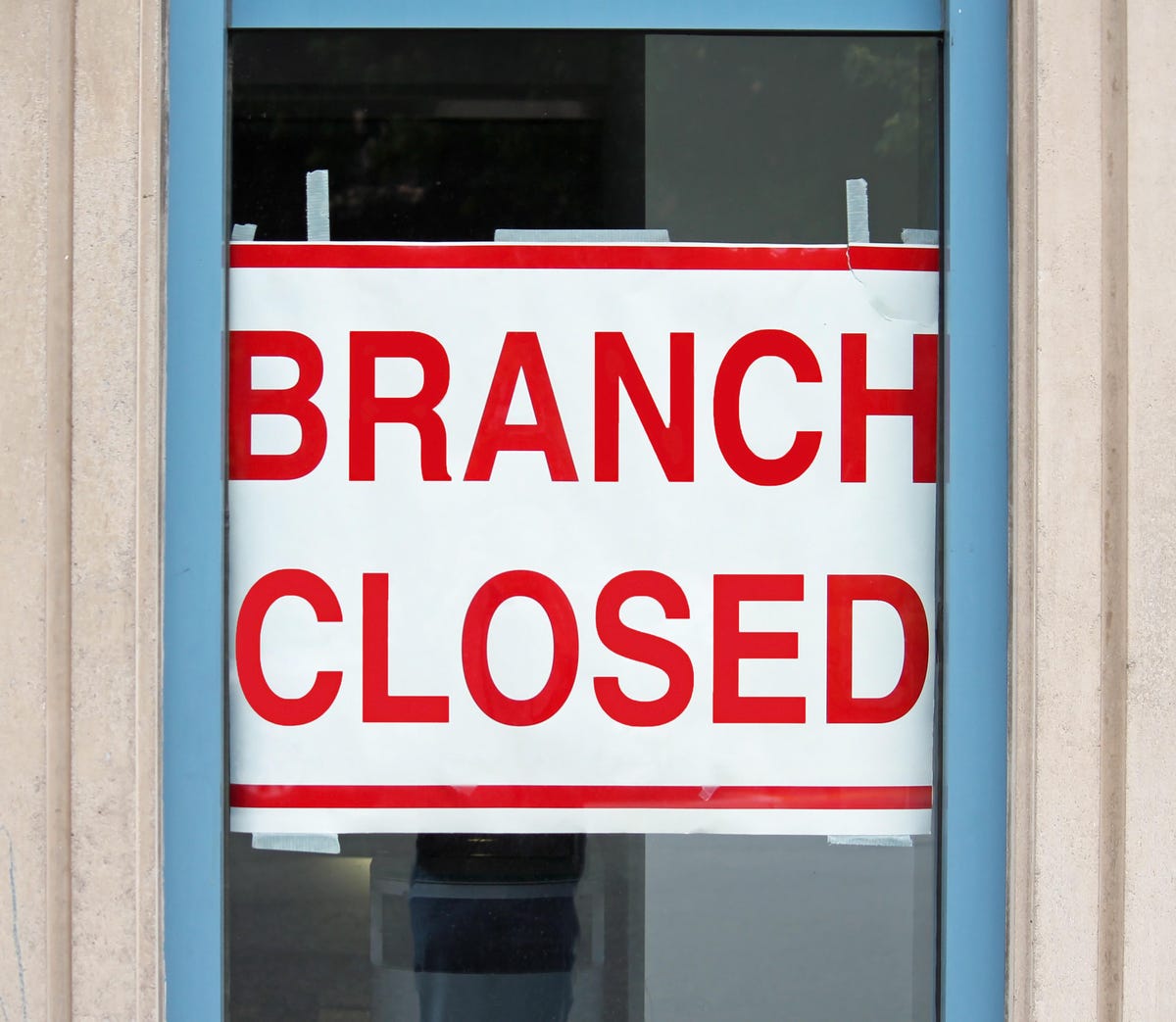The recent uncertainty in the banking sector presents an urgent question for bank leaders: how can we convince our customers that their money is safe with us? Some new industry research suggests a surprising and powerful answer.
Accenture surveyed 49,000 bank customers around the world and found that two-thirds of them like seeing bank branches in their neighborhoods as it confirms the stability and availability of their bank. This was consistent across all geographies and all age groups.
This finding raised many eyebrows, including my own. Why would so many consumers, in our digital-dominated world, feel this way about brick-and-mortar bank branches? The survey found that customers value branches for rare but important functions, like getting advice and opening accounts.
While this sentiment was captured before the headlines were awash with news of deposit runs and bank closures, I have no doubt that if we re-ran the survey today consumer enthusiasm for branches and the hunger for reliability would be only higher.
In times of crisis, people crave familiarity and certainty. We have a hard time trusting something we can’t see or touch. Something as abstract as a bank deposit on a phone screen can easily seem fictional. A bank branch is an important way of making a bank feel permanent and real and acts as a constant reminder of the brand and the ability to have a relationship beyond just a screen.
So does that mean banks just need to open a bunch of new branches to insure their survival and growth? The truth is a bit more complicated.
Digital still matters, but banks have to take the branch experience and connect it to the experiences customers receive over other channels to capture untapped value. Alarmingly, just 30% of consumers rated their primary bank’s customer service as excellent, while 36% had problems getting human support when they needed it. There’s a heightened need for banks to address these concerns as consumers increasingly seek ‘revenge’ for poor service across all industries.
Here are five key takeaways for banks based on the survey findings:
1. Consumers still crave real conversations. Banking may be a numbers-driven business, but it’s also fundamentally a human one. The digital revolution made banking more convenient and accessible, but also more impersonal and transactional. In the wake of the pandemic, consumers increasingly want personal interactions again.
2. Consumers want to be rewarded for their loyalty. This is complicated by the recent extraordinary period of near-zero interest rates, which didn’t reward consumers for their savings. After the fastest rate rise in the last 50 years, banks now need to find a way to reverse this decade of programming that has created siloed products and fragmented experiences. The onus is on banks to rebuild holistic product relationships that reward customers for their loyalty. Banks got low marks from customers we surveyed on their product offerings: just 23% rated their bank highly in terms of the range of products and services offered.
3. Consumers want continuity of conversation. No one likes repeating themselves. Today’s customers want to have conversations with their bank that seamlessly carry across physical and digital channels. They expect banks to offer experiences on par with Shazam’s ability to quickly recognize a song and put it in your Spotify playlist. This is really no different than what a branch manager has done for years: listen first, remember who a customer is, continue the conversation over time, and provide relevant advice. Banks have become remarkably good at providing functional digital service channels, but bringing a true human touch to those channels is still a work in progress.
4. The time is now to move from customer journeys to intent. Artificial intelligence (AI), cloud, and metaverse technologies are collapsing the distance between consumers’ physical and digital worlds. Using these technologies, banks can move from pushing customers down pre-built experience paths to recognizing their true intent and delivering on that instead. This can lead to more personal conversations and allow banks to deliver relevant products and services, including non-banking offerings (which surveyed consumers want).
5. Branches provide value but need to evolve. Having some type of physical presence in a market will remain important, but the branch of the future won’t look like your grandfather’s. For example, “pop-up” brick-and-mortar branches have been growing in popularity in Europe and could spread to other markets. Or the branch could go high-brow and reinvent itself as something more like an Apple store, with ample space for conversations. Either way, a branch presence can help increase customers’ sense of safety and soundness about their deposits.
There’s another connection here with the recent banking unrest in the U.S. When bank customers aren’t happy with the level of service or the products that they receive, a rapid digital exodus becomes more likely.
Purely transactional relationships in the digital age don’t encourage stickiness. Banks have to put more emphasis on creating a better experience and actually engaging with their customers on a personal level.
Consumers can pretty much accomplish all their banking needs on their phones but they want to have a relationship with their bank again. Checking a balance on your phone doesn’t build an enduring relationship with your bank.
As I wrote last month, banks need to get back to the basics. Every banker knows that the true franchise value of a bank is its ability to persuade a customer to open a deposit account, and then deepening that relationship with other products. Over time this grows into a durable source of value for the bank.
Banks that build these enduring relationships across channels will untap significant value. Accenture estimates that banks could increase revenue from primary customers by upwards of 20%, or nearly $400 per customer per year, depending on the market. In the U.S., this would translate to $100 billion in annual retail banking revenue ready for the taking.
Digital has been an incredible tailwind for the industry, but there is such a thing as too much of a good thing. We are entering a post-digital age that demands the best of both digital and non-digital experiences.
Read the full article here










